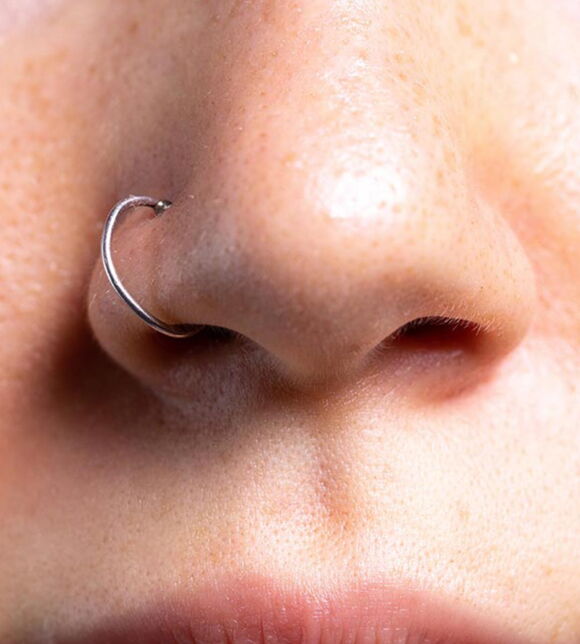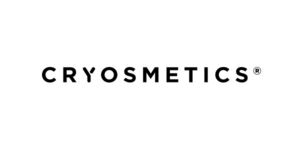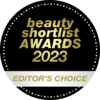Moraxella
catarrhalis
The structure of the upper respiratory tract is relatively complicated and so is the microbiome located there. The typical key bacteria found in the nose are:


Staphylococcus
epidermidis

Cutibacterium
acnes

Corynebacterium
striatum
The test criteria for Standard 24.10 nasal mucosa
The product is subjected to four test runs as part of the "Microbiome-friendly" certification.
It guarantees the greatest possible microbiological purity of the nasal care product. The product is first checked for contamination by mesophilic and aerobic microorganisms, i.e. bacteria, yeast or mold (TAMC and TYMC). For products designed for the nose, the limit is ≤ 1 x 10 2 cfu/g or ml a .
The balance between the commensal bacteria S. epidermidis and the harmful bacteria S. aureus should not be disturbed by the nasal care product. A co-culture consisting of both germs is mixed with the product for a certain period of time and then the ratio of the two microbes is compared to an untreated control group. Under the influence of the care product, this must not shift in favor of S. aureus.
In this step, we cultivate the key microbes common to the nose. For the 24.10 standard, these are Moraxella catarrhalis, Staphylococcus epidermidis, Cutibacterium acnes, Corynebacterium striatum.
A co-culture of all germs is mixed with the product to be tested and the change in diversity is compared with the untreated control group. The diversity of the nasal microbiome must be preserved with regard to the most important key microbes.
A Microbiome-friendly product for the nose should not only preserve diversity, but it should also not prove detrimental to the growth of microbes. The test simulates skin contact using a model. Each key microbe is brought into direct contact with the product. This is followed by an additional run during which the microbe is covered with an agar layer and the care product to be tested is applied to it. This process simulates the potential penetration of the product into deeper mucosal layers. The microbial growth of the two batches is compared with the untreated control group, and the growth must not be significantly inhibited.

"Products tested in accordance with the 24.10 Standard respect the nasal microbiome. An intact microbial balance in the nose leaves no room for pathogenic (disease-causing) germs to colonize and infect the upper respiratory tract."
Dr. Kristin Neumann, Co-Founder and Chief Scientific Officer




























